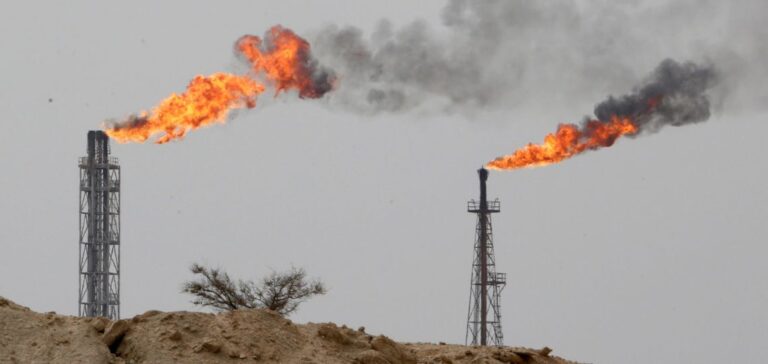The IEA has lowered its forecast for global oil demand growth to 1.2 million barrels per day (b/d) for 2024, from 1.3 million b/d previously, due to “exceptionally low” first-quarter deliveries in OECD countries and reduced consumption by vehicles. For 2025, growth is estimated at 1.1 million b/d.
Impact on refining capacity
The refinery throughput growth estimate for 2024 has also been revised downwards, to 1 million b/d from 1.2 million b/d in the previous report. This revision is due in part to production cutbacks in Russia following drone attacks, unplanned outages in Europe, and moderate economic activity in China. For 2025, the IEA forecasts an increase in refining capacity of 830,000 b/d, reaching 84.2 million b/d.
Increase in overall production forecast
The IEA forecasts that global oil production will increase by 770,000 b/d this year, in line with last month’s report. By 2025, growth is expected to double to 1.6 million b/d, led by non-OPEC+ producing countries, with production up by 1.4 million b/d. The USA, Brazil, Guyana and Canada, all non-OPEC+ members, are expected to add 1.2 million b/d in 2024 and 1 million b/d in 2025.
Lower demand for OPEC+ oil
Following production increases by non-OPEC+ countries, the IEA has increased its forecast for lower demand for OPEC+ crude oil this year to 500,000 b/d, forecasting “demand” for OPEC+ crude at 41.8 million b/d. A further decline of 300,000 b/d is expected in 2025, to 41.5 million b/d.
Diverging outlooks on demand
Analysts at S&P Global Commodity Insights are slightly more optimistic than the IEA on demand, with a forecast for liquids demand growth of 1.7 million b/d in 2024, slowing to 1.2 million b/d in 2025. In its monthly oil market report of April 11, OPEC maintains its forecast for global demand growth of 2.2 million b/d in 2024, slowing to 1.8 million b/d in 2025.
Adjustments to IEA forecasts suggest a complex 2024 for the global oil market, potentially impacting production and consumption. The discrepancies between the main forecasting agencies reflect ongoing uncertainty in the energy sector.






















